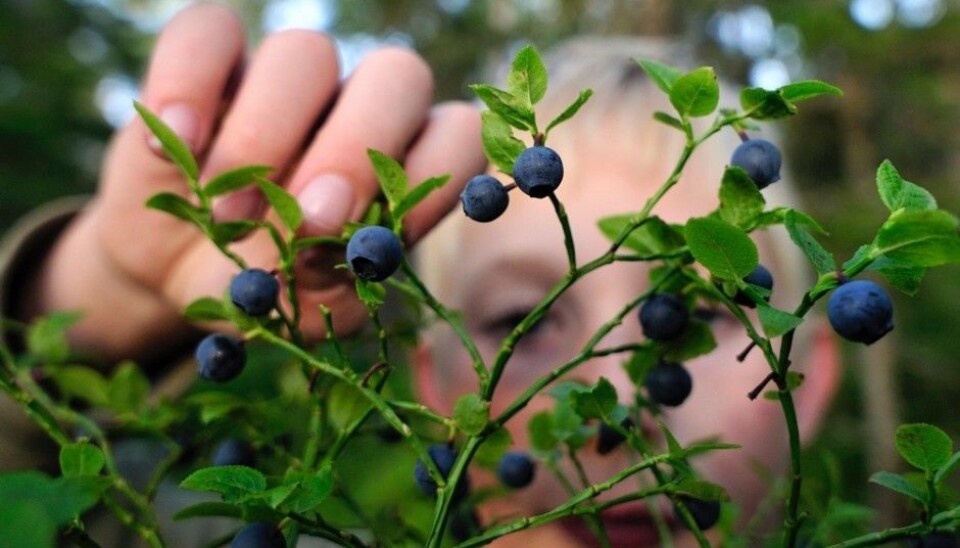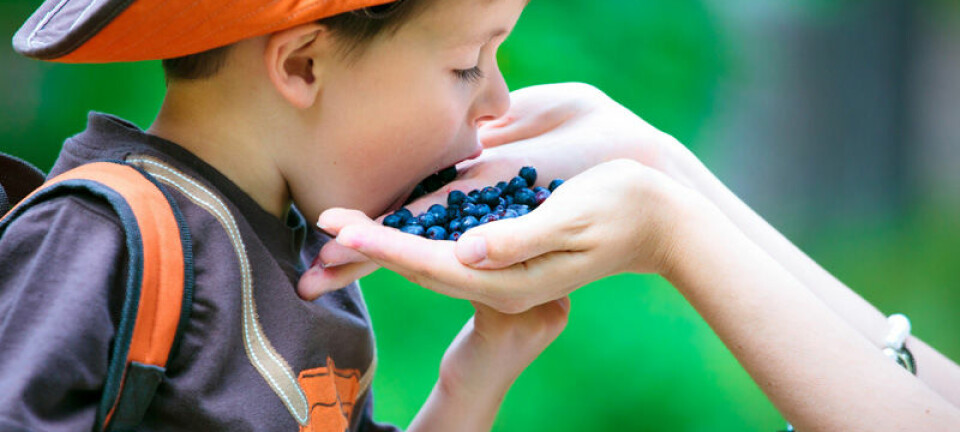
A great year for blueberries
Forget those kicks on Route 66, get your thrills on blueberry hills all over Norway, Sweden and Finland! Researchers predict a recordbreaking year for blueberries.
Norway lacks research institutions that keep track of wild blueberries. Along with lingonberries, they cover the forest floors of Norway, Sweden and Finland. But like other flora, they have good years and bad years.
Fortunately, Sweden does monitor this fluxuation and is predicting a bumper crop this summer.
The Swedish University of Agricultural Sciences (SLU) has sent out a press release predicting that this year’s blueberry season will be the best since 2003.
The exception is Sweden’s northern county, Norrland, where only a normal year is expected. In other parts of Sweden there will be twice the blueberries found in an average of the past 13 years.
Blues will rule in Norway too
Senior Researcher Rolf Nestby at the Norwegian Institute of Bioeconomy Research (NIBIO) concludes that the good news in Sweden will also apply this year for the Norwegian side of the border.
He lives in central Norway and has a holiday cabin in North Norway. With his professional eye on the plants he is forecasting that the berry season will be a good one on both sides of the border.
In need of a rest
The main reason for the expected blue abundance could be that last year was a skimpy one for blueberries in much of Norway.
“We have indications that blueberry bushes need a year of rest. Now they have had their off year to grow and produce flower buds.”
Nestby adds that the weather has also been a key factor. Fortunately there was not too much rain during the period when insects were pollinating the plants.
Great for the entire ecosystem
Sweden’s SLU reports that in the 14 years their register has kept track they have never seen so many flowers on wild blueberry bushes.
If there are large supplies of blueberries there will also be lots of grouse. These birds have larger clutches in years when blueberries thrive, according to Nestby.
Blueberries are also important for mice and the entire plant is a grazing staple of red deer.
“If there is a lot of taste in the blueberries, moose will also prefer the plants too because they provide more nutrients than the sprouts on pine trees, which is a consistent staple of their diet,” explains Marcel Schrijvers-Gonlag.
He is a doctoral student at Hedmark University College, Evenstad campus, and is writing his PhD thesis on blueberries.
Schrijvers-Gonlag says these berries are essential to the entire ecosystem in the Nordic forest lands.
------------------------------------------------
Read the Norwegian version of this article at forskning.no
Translated by: Glenn Ostling







